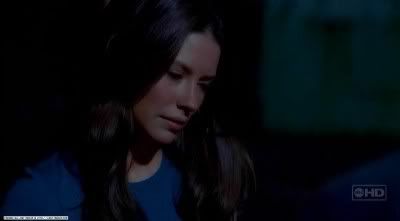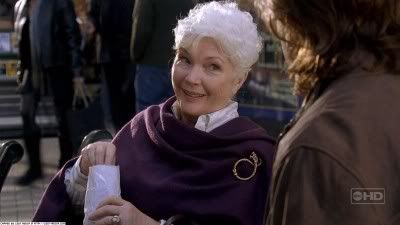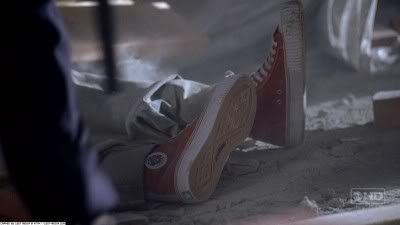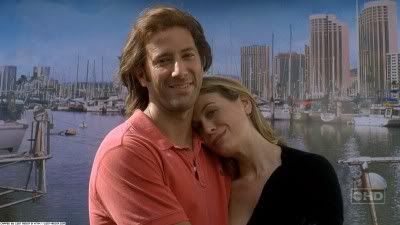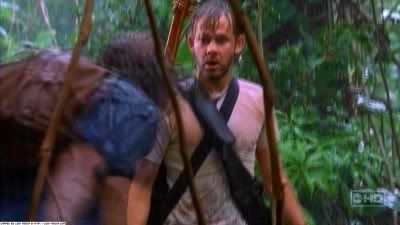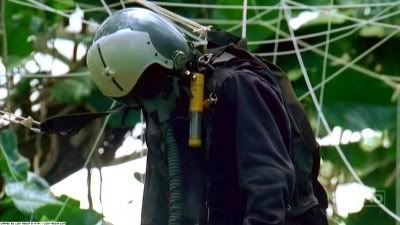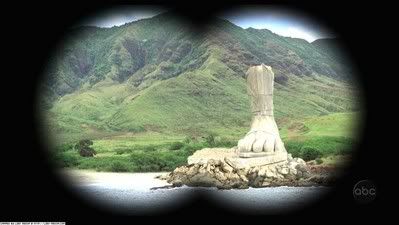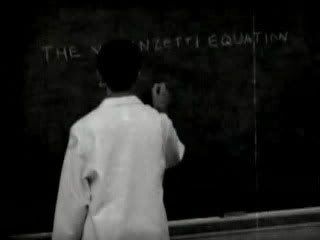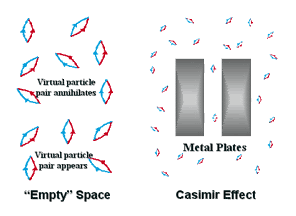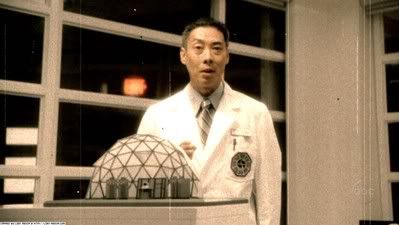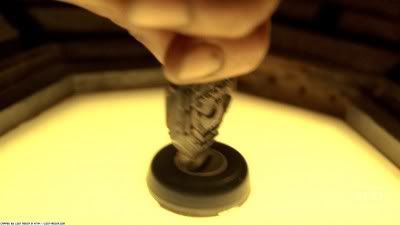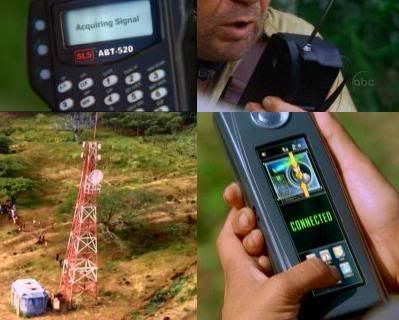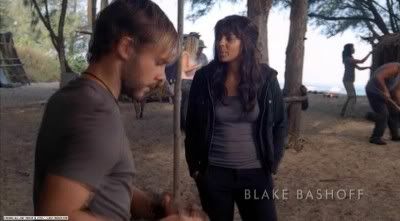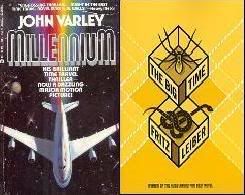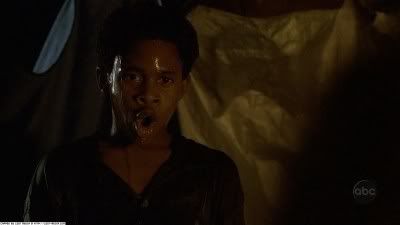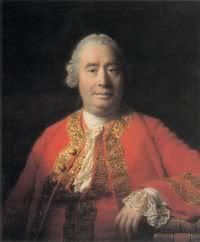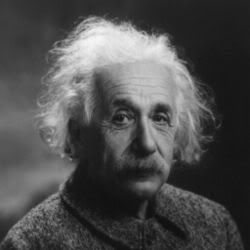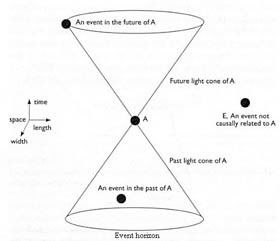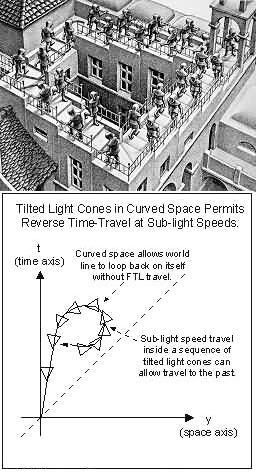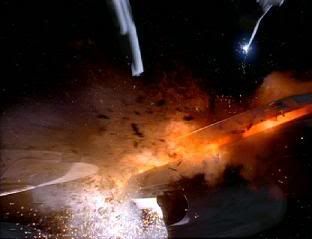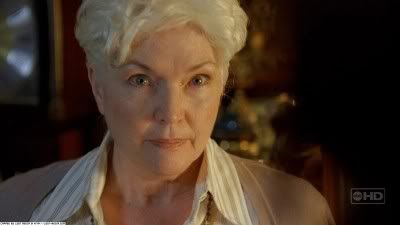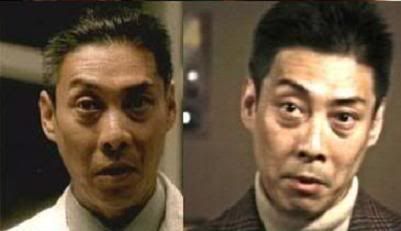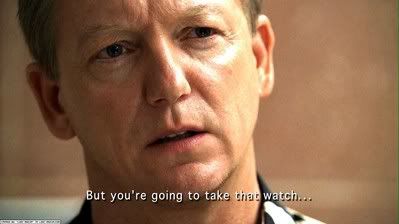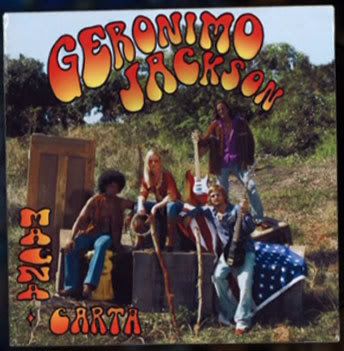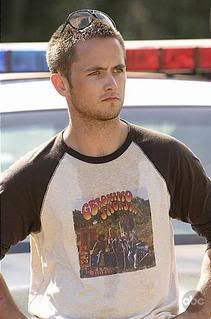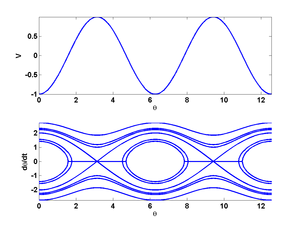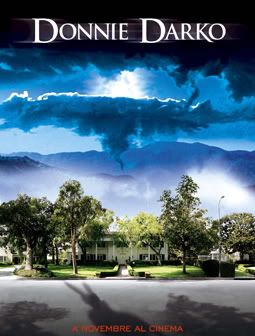
When she first arrived on the Island, before regaining consciousness, Naomi muttered to Mikhail that she was "not alone." Like many, I believe she was referring to more than just the crew of Not Penny's Boat. Naomi had at least one partner -- maybe more -- with her on the Island. I further believe that she and her partner(s) were not the first such team to land there. That distinction belonged to Kelvin Inman and Mikhail Bakunin, two soldiers of fortune hired in 1993 by the backers of the Dharma Initiative (i.e., Hanso, Widmore, and Paik -- the "Hanso Group") to secure key infrastructure and discover the state of their investment.
But I'm getting ahead of myself -- our story actually begins in 1988, the year Danielle and her crew were shipwrecked on the Island. Though I once took her tale at face value, I now suspect Danielle knows more about Dharma than she's letting on. Maybe her scientific team was one of the "HG Delegations" mentioned on the Blast Door Map, sent to report on the progress of the Initiative. If so, I'm guessing they were also one of the last. Danielle's crew probably crashed on a part of the Island controlled by the "Hostiles" and were never heard from again. After that, further scientific delegations were deemed too dangerous and costly.
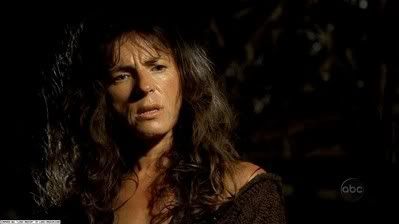
The Hanso Group, however, didn't realize just how dangerous things had gotten until 1992, when they abruptly lost all contact with the Island. This was presumably a result of the Purge, in which the Hostiles took control of nearly all Dharma's facilities, including the Flame. The big exception was the Swan, which the Hostiles didn't know about -- or simply didn't care. I believe the Flame, rather than the radio tower or Looking Glass, was the main line of communication with the outside world. With no one alive to answer the Hanso Group's calls, the only sign that things weren't completely FUBAR was that someone still pushed the Swan button.
Fearing the worst, the Hanso Group began recruiting and training covert operatives for insertion on the Island. The plan was to have them parachute under cover of darkness to the sites of two key mission objectives. One would secure the Swan Station while the other targeted the Flame. When these goals were accomplished, the operatives were to make contact with` the Hanso Group. For security reasons, neither operative knew the identity or objective of his partner. They were, however, given a prearranged question-and-answer so they could recognize each other as friendly: "What does one snowman say to another?"
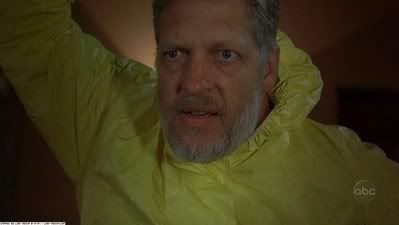
The operatives chosen were Kelvin and Mikhail, who arrived on the Island in 1993. I've long suspected that Kelvin's name is a reference to the sci-fi classic Solaris, which features a character named Kelvin who's sent to investigate the fate of scientists studying a (possibly) sentient planet capable of manifesting one's subconscious. Our Kelvin's objective was the Swan, where he met Radzynski, the last surviving Dharma loyalist. The two pooled their limited knowledge and explored the remains of the Initiative, adding what they learned to the Blast Door Map begun by Radzynski. After Radz committed suicide, Kelvin continued this work alone, until Desmond washed ashore.
It's unclear whether Kelvin ever actually made contact with Mikhail, but the former apparently had some reason to believe the latter was still alive. When Kelvin asked if Desmond was "him," I'm guessing he was referring to Mikhail. Notice, as well, how Kelvin asks Des the snowman question immediately thereafter -- my suspicion is that the real answer isn't "smells like carrots," as Des was led to believe.* I think that Kelvin pretty quickly realized that Desmond knew nothing and that this ignorance could be exploited to help Kelvin escape. From then on, Kelvin rarely told Desmond the truth about anything, except when drunk. In vino veritas!

So what happened to Mikhail? Like the tailsection survivors, who crashed on the opposite side of the Island from the fuselage, Mikhail had a profoundly different experience. My guess is that he touched down near the Flame, where he may even have restored radio contact with the Hanso Group, but was apprehended shortly thereafter by the Hostiles. Threatened with death, Mikhail begged for' mercy, offering to tell his employers whatever story his captors wished about the purge of the Dharma scientists. Sensing Mikhail was sincere, and that he could be useful, Benjamin Linas spared his life. That's why Mikhail remained so incredibly loyal to Ben until the bitter end.
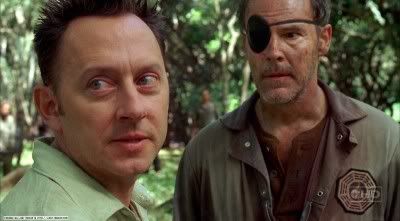
Mikhail was assigned to the Flame, where he helped create the illusion that Dharma wasn't completely dead. The supply drops promised in the Sri Lanka Orientation continued, but radio contact with the Hanso Group grew ever more infrequent. For the most part, the Initiative's backers were seemingly content just to forget about their failed experiment. The Hostiles, however, remained on the lookout for potential spies and prepared themselves for the possibility of an invasion someday to retake the Island. When a hot-air balloonist named Henry Gale crashed with Widmore markings on his craft, he was immediately killed -- no questions asked.
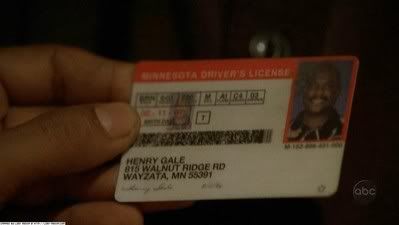
Now, of course, the Hostiles' nightmare scenario has materialized. The implosion of Swan, followed in quick succession by the explosion of the Flame, served as a summons that the Hanso Group could no longer ignore. Naomi and her partner(s) are advanced scouts for a much larger force sent to reclaim the Island. The moment Mikhail saw the satellite phone and heard Naomi muttering in different languages, he knew who she was and why she was there. So why not kill her on the spot like the Hostiles did Henry Gale? Mikhail realized it was even more important to escape with the sat. phone and relay news of the beginning of the end to Ben...
*The original sentence erroneously stated that we never saw Kelvin ask Des the snowman question. Thanks to 42ndFloor and Desmondisthekey for the correction!


